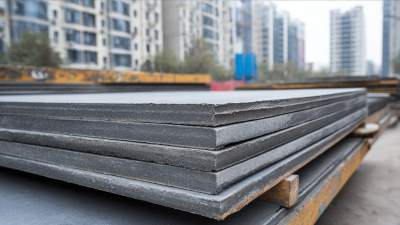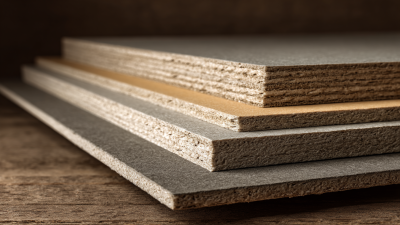The Ultimate Guide to Understanding Compressed Fiber Cement Board for Sustainable Building Solutions
 In recent years, the construction industry has increasingly shifted towards
sustainable building solutions, paving the way for
innovative materials that are both eco-friendly and efficient. Among these materials, Compressed Fiber Cement Board
stands out as a versatile and resilient option for various construction applications. This guide aims to provide you with
a comprehensive understanding of Compressed Fiber Cement Board, exploring its composition, benefits,
and potential uses in sustainable architecture. We will delve into tips for selecting
the right type, as well as insights on installation and maintenance to ensure longevity and functionality. As we navigate
through the intricacies of this remarkable material, you will discover how incorporating
Compressed Fiber Cement Board into your building projects can contribute to a
greener future while maintaining aesthetic appeal and structural integrity.
Join us as we unlock the secrets of this sustainable solution and empower your building practices with informed choices.
In recent years, the construction industry has increasingly shifted towards
sustainable building solutions, paving the way for
innovative materials that are both eco-friendly and efficient. Among these materials, Compressed Fiber Cement Board
stands out as a versatile and resilient option for various construction applications. This guide aims to provide you with
a comprehensive understanding of Compressed Fiber Cement Board, exploring its composition, benefits,
and potential uses in sustainable architecture. We will delve into tips for selecting
the right type, as well as insights on installation and maintenance to ensure longevity and functionality. As we navigate
through the intricacies of this remarkable material, you will discover how incorporating
Compressed Fiber Cement Board into your building projects can contribute to a
greener future while maintaining aesthetic appeal and structural integrity.
Join us as we unlock the secrets of this sustainable solution and empower your building practices with informed choices.
What is Compressed Fiber Cement Board and Its Composition?
Compressed fiber cement board is a robust and versatile building material made primarily from a mixture of cement, cellulose fibers, and other additives. The combination of these components results in a strong, durable board that can withstand various weather conditions while providing excellent thermal and acoustic insulation. The cellulose fibers, often sourced from recycled paper or wood, enhance the board's structural integrity and contribute to its sustainable attributes.
Tips for using compressed fiber cement board include ensuring proper installation to maximize its benefits. Always use appropriate fasteners and sealants as recommended by manufacturers to prevent moisture infiltration that can lead to deterioration. Additionally, consider incorporating sustainable practices such as using boards made from recycled fibers to further enhance the eco-friendliness of your project.
When selecting compressed fiber cement boards, pay attention to their thickness and density. Thicker boards tend to offer better sound insulation and fire resistance, making them ideal for building applications that require these properties. It's also advisable to choose boards with a finish that complements your overall design while maintaining the necessary durability for your environment.
Key Properties and Benefits of Compressed Fiber Cement Boards
 Compressed fiber cement boards have emerged as a revolutionary material in the realm of sustainable building solutions, offering an impressive array of properties that enhance their appeal. These boards are crafted by combining cellulose fibers, sand, cement, and water under high pressure, resulting in a product that is exceptionally strong, durable, and resistant to moisture and fire. This unique composition not only contributes to their longevity but also provides increased flexibility and versatility in various architectural applications, making them suitable for both residential and commercial projects.
Compressed fiber cement boards have emerged as a revolutionary material in the realm of sustainable building solutions, offering an impressive array of properties that enhance their appeal. These boards are crafted by combining cellulose fibers, sand, cement, and water under high pressure, resulting in a product that is exceptionally strong, durable, and resistant to moisture and fire. This unique composition not only contributes to their longevity but also provides increased flexibility and versatility in various architectural applications, making them suitable for both residential and commercial projects.
Moreover, the environmental benefits of compressed fiber cement boards cannot be overstated. They are often made from recycled materials, thereby reducing the demand for virgin resources and minimizing waste in landfills. Their energy-efficient qualities, coupled with low maintenance requirements, further solidify their status as a sustainable alternative to traditional building materials. Additionally, these boards offer excellent thermal performance, which can contribute to energy savings over time. As more builders and architects prioritize sustainability, the adoption of compressed fiber cement boards is likely to grow, promoting greener construction practices without compromising on aesthetics or performance.
Applications of Compressed Fiber Cement in Sustainable Construction
Compressed fiber cement board has emerged as a versatile material in sustainable construction, finding applications across various sectors due to its durability and eco-friendly characteristics. One of the primary uses of compressed fiber cement is in façade cladding, where it provides an aesthetic appeal while enhancing thermal insulation. This not only contributes to energy efficiency but also helps in reducing the overall carbon footprint of buildings. The material is impervious to moisture and pests, making it ideal for environments prone to extreme weather conditions.
Additionally, compressed fiber cement boards are extensively used in interior applications, such as partitions and ceiling panels. Their lightweight nature simplifies installation and reduces labor costs, further promoting sustainable building practices. These boards can be produced using recycled materials, aligning with the principles of circular economy. As architects and builders increasingly prioritize sustainability, the application of compressed fiber cement in construction offers an innovative solution that meets environmental standards while delivering high performance and aesthetic value.
The Ultimate Guide to Understanding Compressed Fiber Cement Board for Sustainable Building Solutions - Applications of Compressed Fiber Cement in Sustainable Construction
| Application Area |
Benefits |
Sustainability Features |
Durability |
Maintenance |
| Residential Wall Panels |
Energy efficient, fire resistant |
Made from sustainable materials, recyclable |
Long lifespan, withstands harsh weather |
Low maintenance, resistant to termites |
| Commercial Facades |
Aesthetic appeal, variety of finishes |
Helps reduce urban heat island effect |
Impact resistant, does not warp or crack |
Minimal upkeep, easy to clean |
| Roofing Solutions |
Lightweight, easy to install |
Recyclable at end of life, lowers energy costs |
Resistant to mold and mildew, UV stable |
Rarely requires replacement, simple surface repairs |
| Interior Partition Walls |
Acoustic insulation, quick to install |
Contains no harmful chemicals, durable |
Offers fire resistance, strong structural integrity |
Requires little to no maintenance |
Comparison of Compressed Fiber Cement with Traditional Building Materials
Compressed fiber cement board has emerged as a sustainable alternative to traditional building materials, gaining traction in modern construction. When compared to materials like wood, brick, and concrete, fiber cement boards offer superior durability and resistance to the elements. Unlike traditional wood, which is prone to rot and termite damage, fiber cement boards are impervious to moisture and pests, making them a more resilient choice for a variety of applications.
Furthermore, the manufacturing process of compressed fiber cement boards typically involves a combination of cellulose fibers, cement, and sand, which leads to lower environmental impact compared to conventional materials that often require extensive natural resources. In contrast to traditional concrete, which has a high carbon footprint, fiber cement’s lighter weight reduces transport emissions, showcasing its efficiency. The comparison also highlights that while traditional materials may require frequent maintenance or replacement, compressed fiber cement boards promise longevity, providing a sustainable solution for builders looking to reduce their environmental footprint without sacrificing performance or aesthetic appeal.
Maintenance and Lifecycle Considerations for Fiber Cement Boards
Fiber cement boards have gained popularity in sustainable building solutions due to their durability and low maintenance requirements. To ensure these materials perform optimally throughout their lifecycle, regular inspections and proper care are paramount. A key aspect of maintenance involves checking for any signs of surface wear or moisture ingress, which can affect the integrity of the boards. Addressing minor issues promptly can prevent larger, costly repairs in the future.
**Tips:** To extend the lifespan of fiber cement boards, consider applying a sealant every few years to enhance their resistance against weather elements. Additionally, keep the boards clean and free from debris, as accumulated dirt can foster mold growth and lead to deterioration over time.
Environmental impact is another crucial consideration. Fiber cement boards are naturally resistant to pests and rot, making them a sustainable choice. However, it’s essential to be mindful of the products used for cleaning and maintenance, opting for eco-friendly options to maintain the board's integrity while also protecting the environment. Regular upkeep not only ensures aesthetic appeal but also contributes to the overall sustainability of your building project.
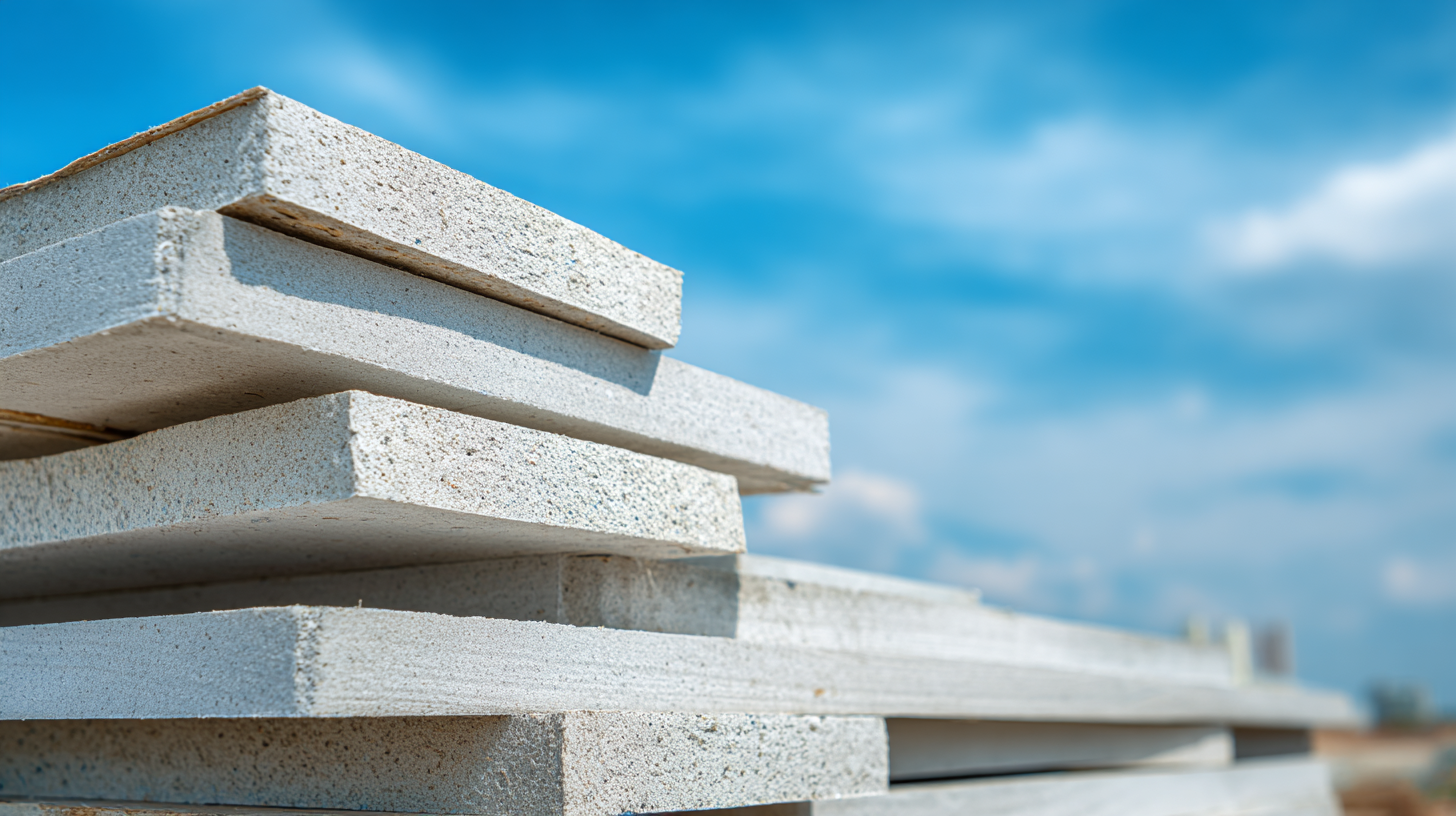

Products
About Us
Download
News
Blog
Contact Us
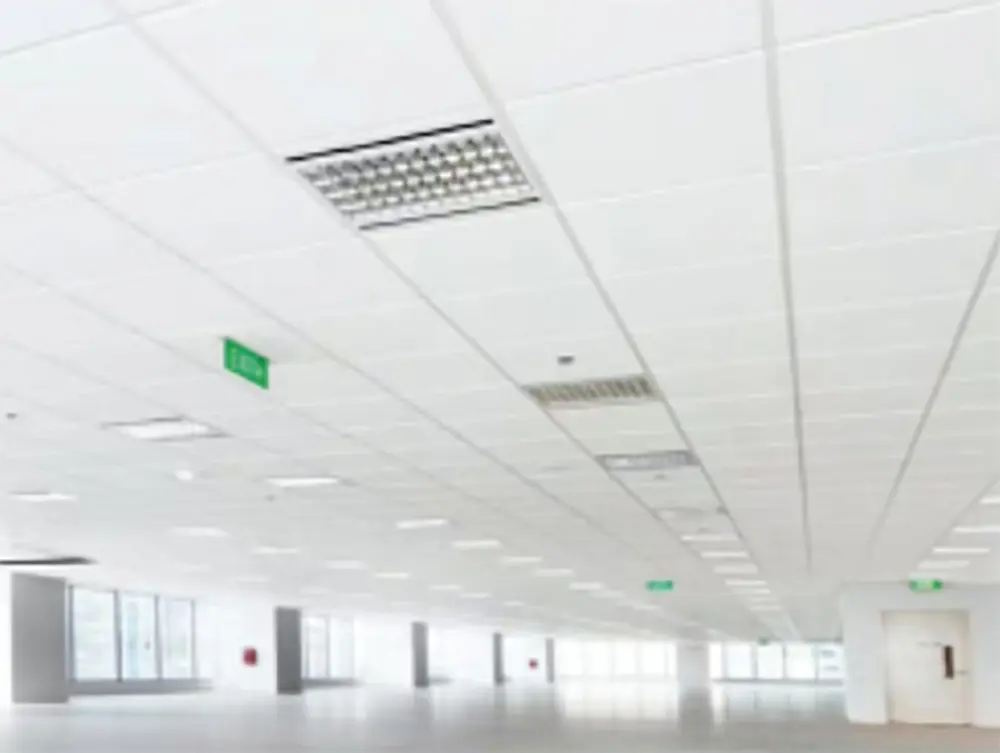 LEAO®Deco Ceiling
LEAO®Deco Ceiling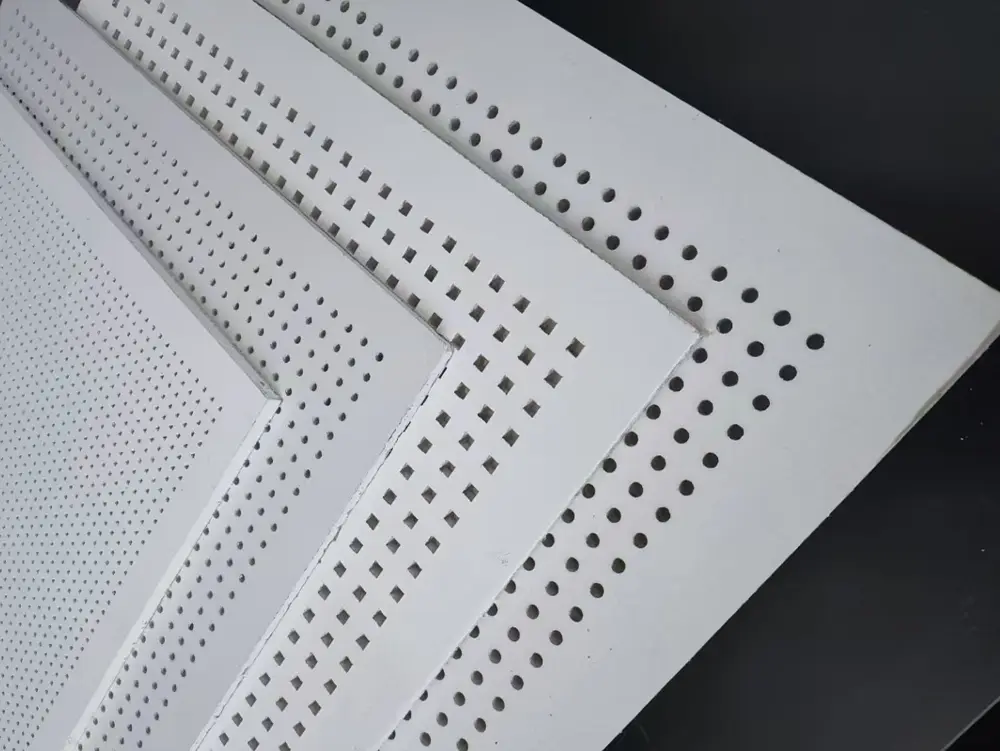 LEAO® Perforated Ceiling
LEAO® Perforated Ceiling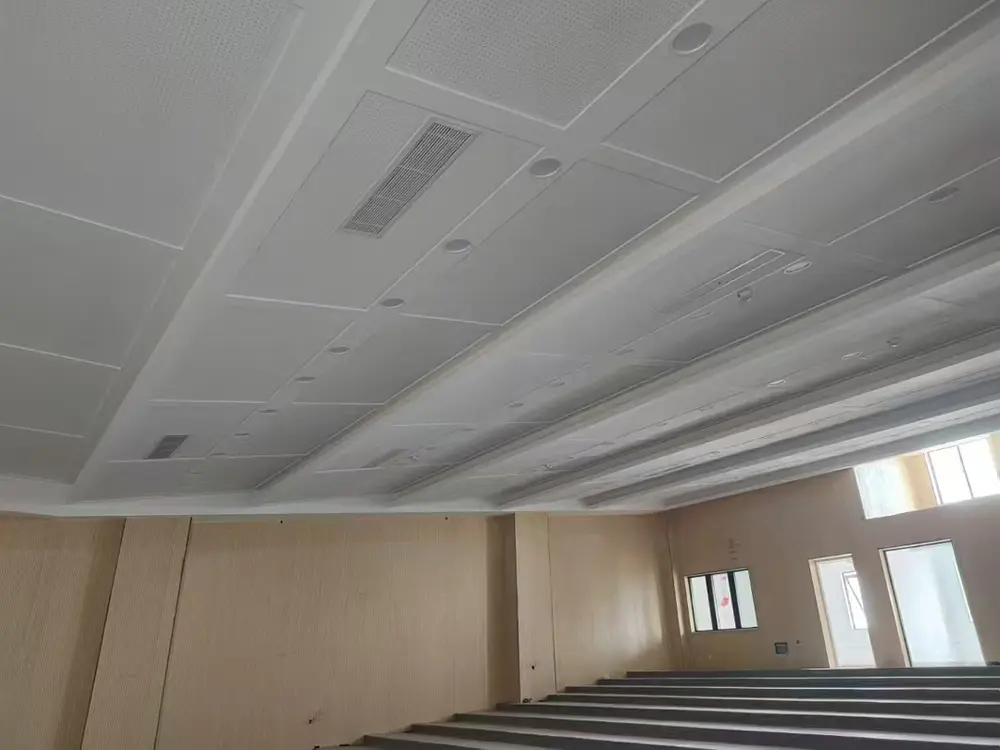 LEAO® Ceiling Board
LEAO® Ceiling Board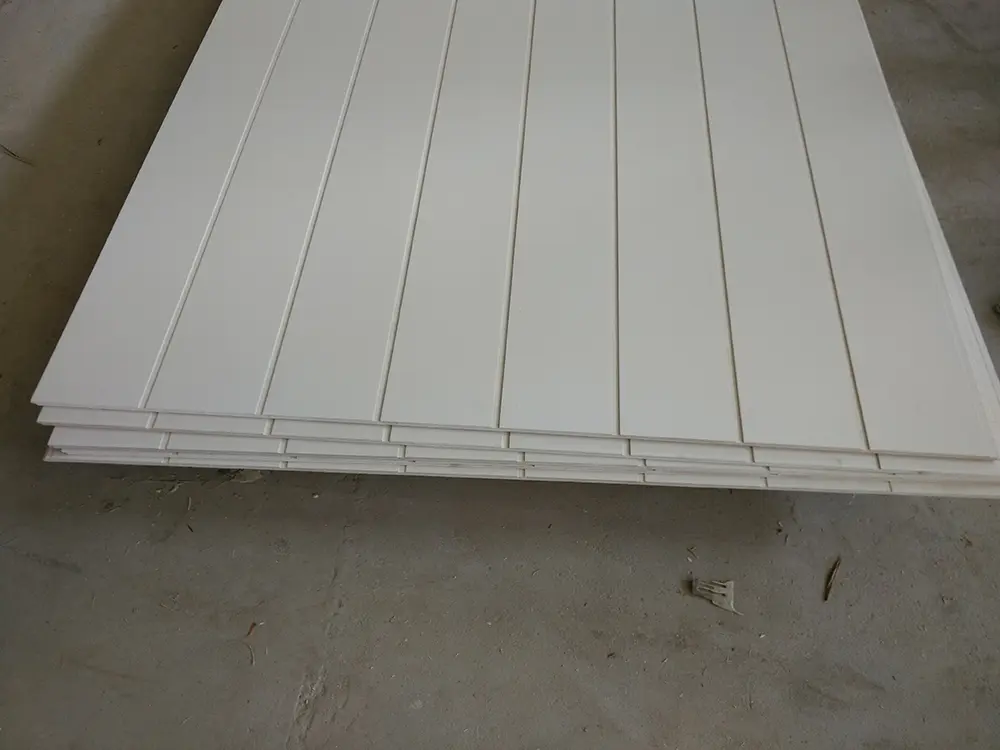 LEAO® Groove Interior Panel
LEAO® Groove Interior Panel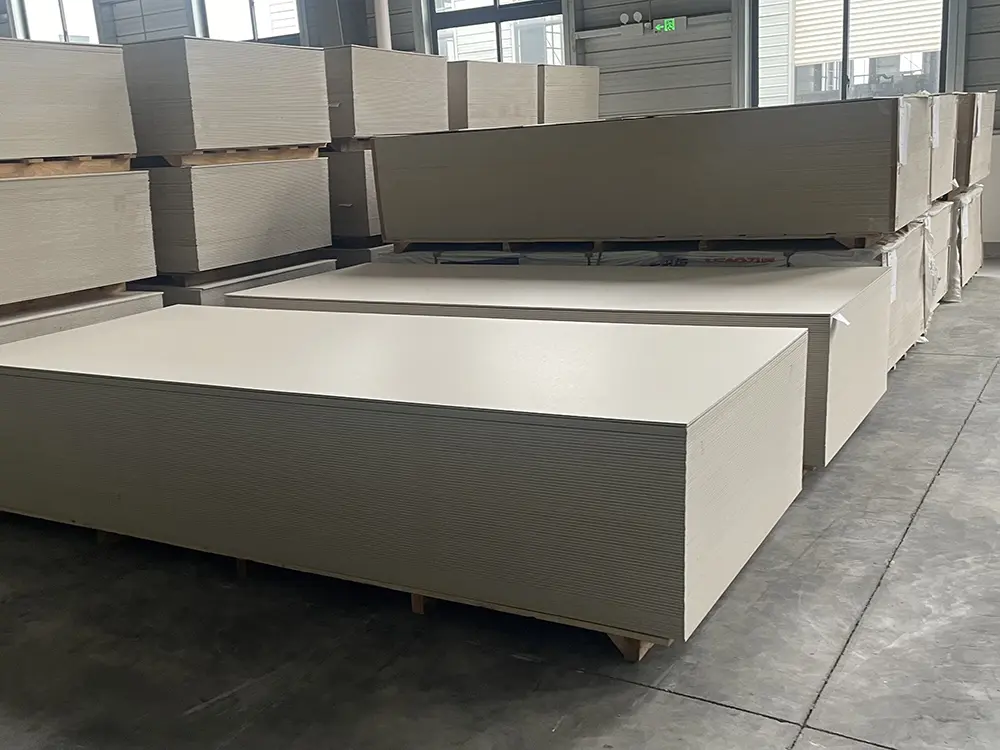 LEAO® Interior Board
LEAO® Interior Board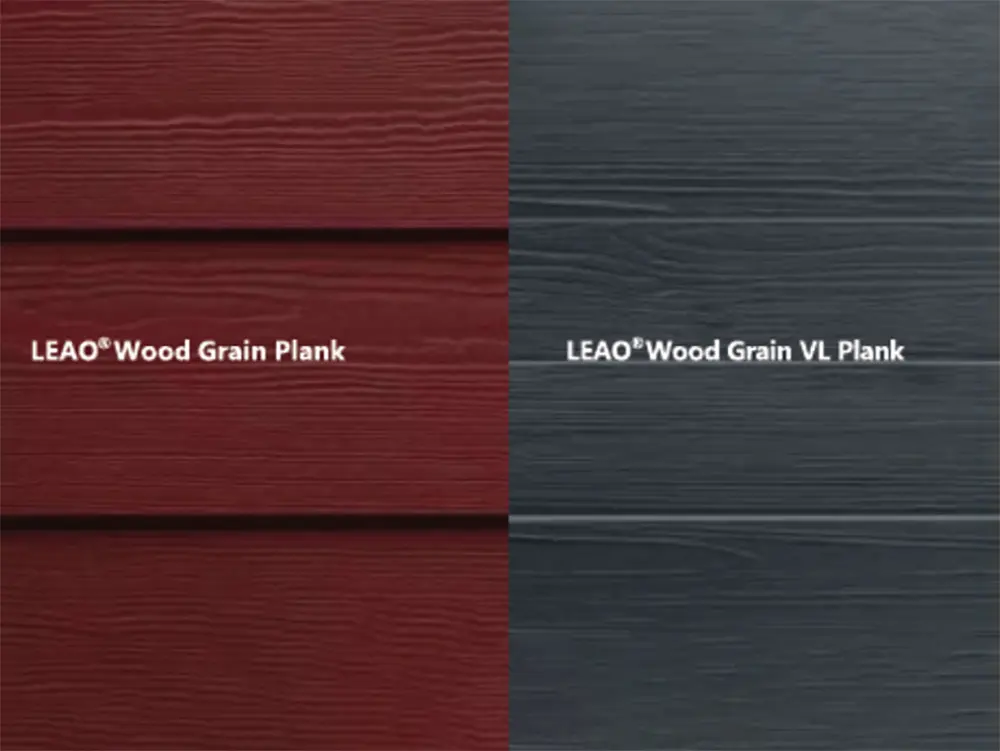 LEAO® Wood Grain Plank
LEAO® Wood Grain Plank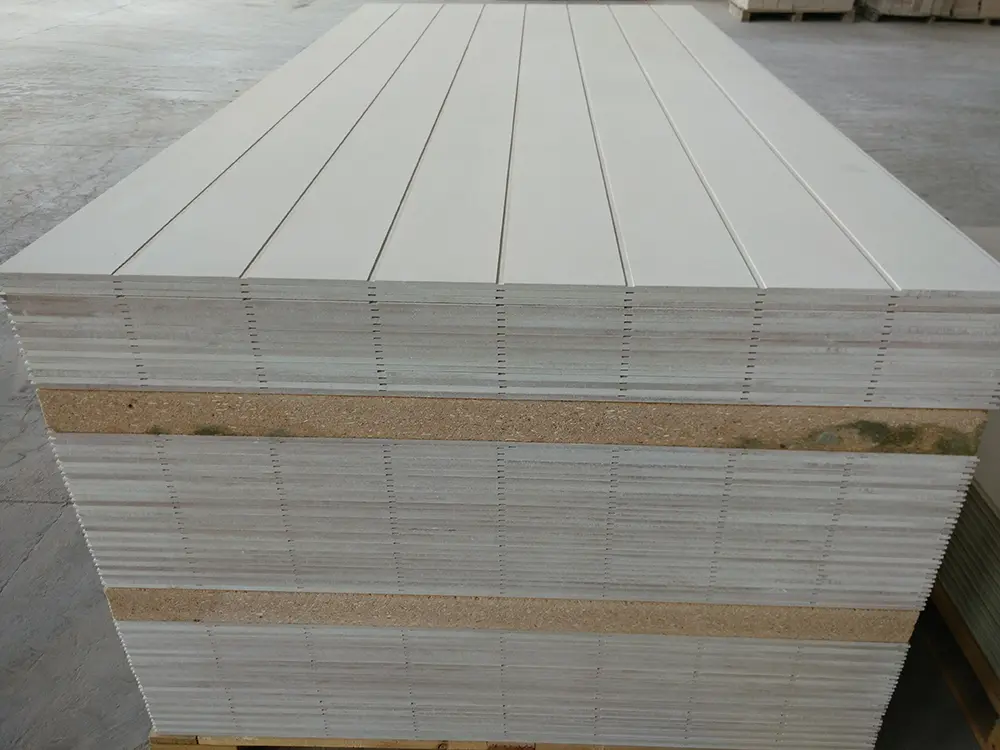 LEAO® Grooved Exterior Panel
LEAO® Grooved Exterior Panel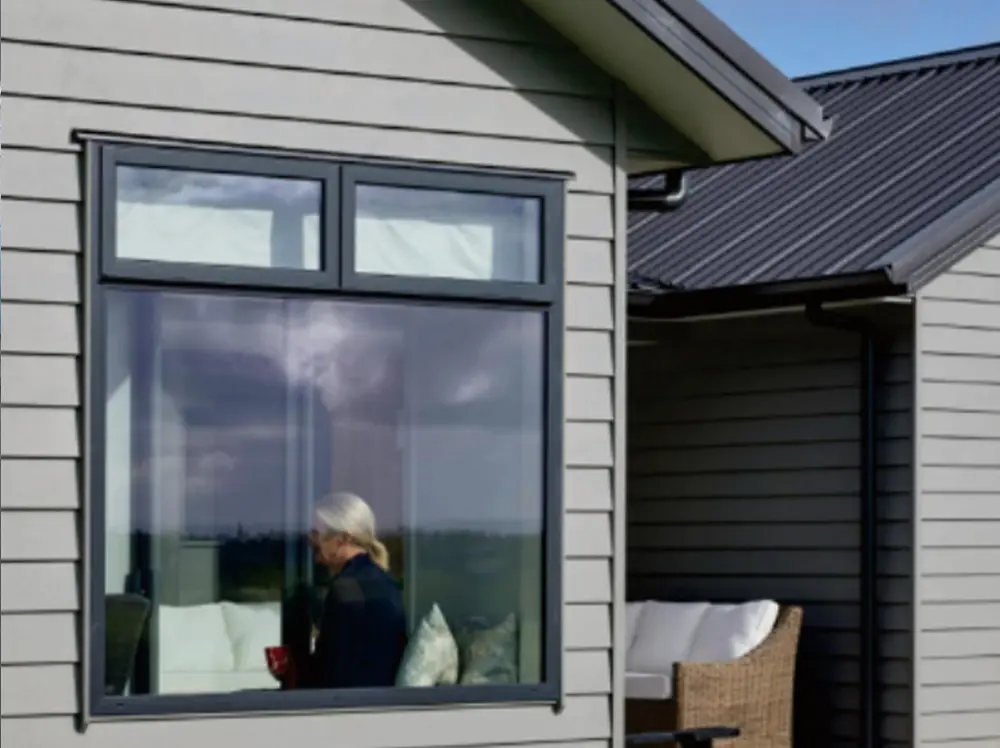 LEAO® Weatherboard
LEAO® Weatherboard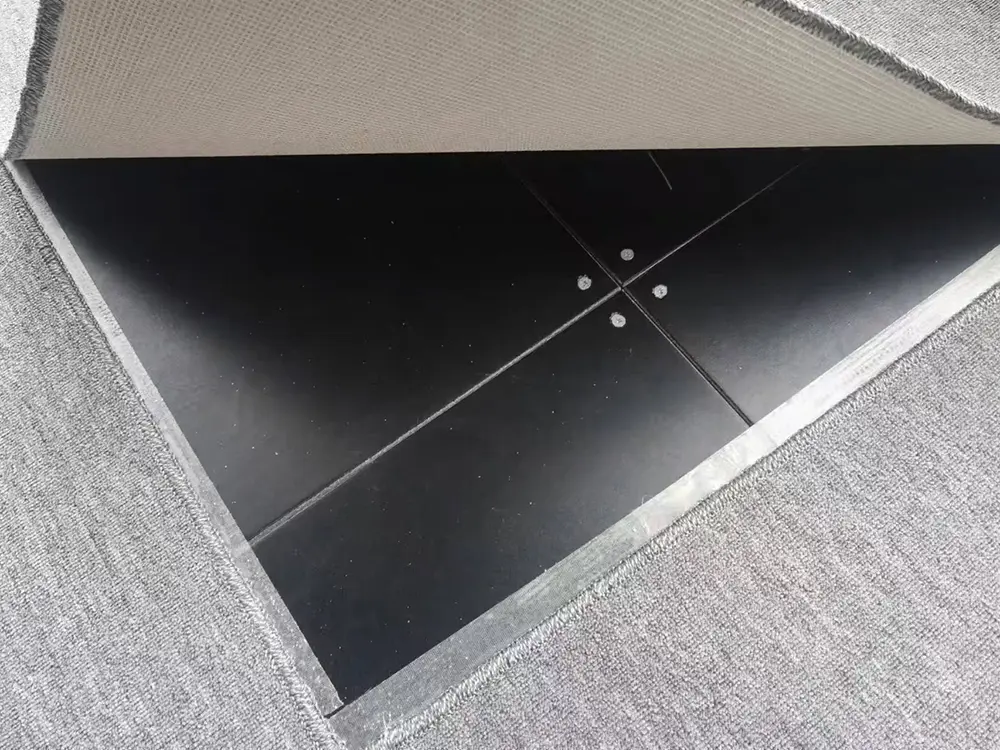 LEAO® Access Floors
LEAO® Access Floors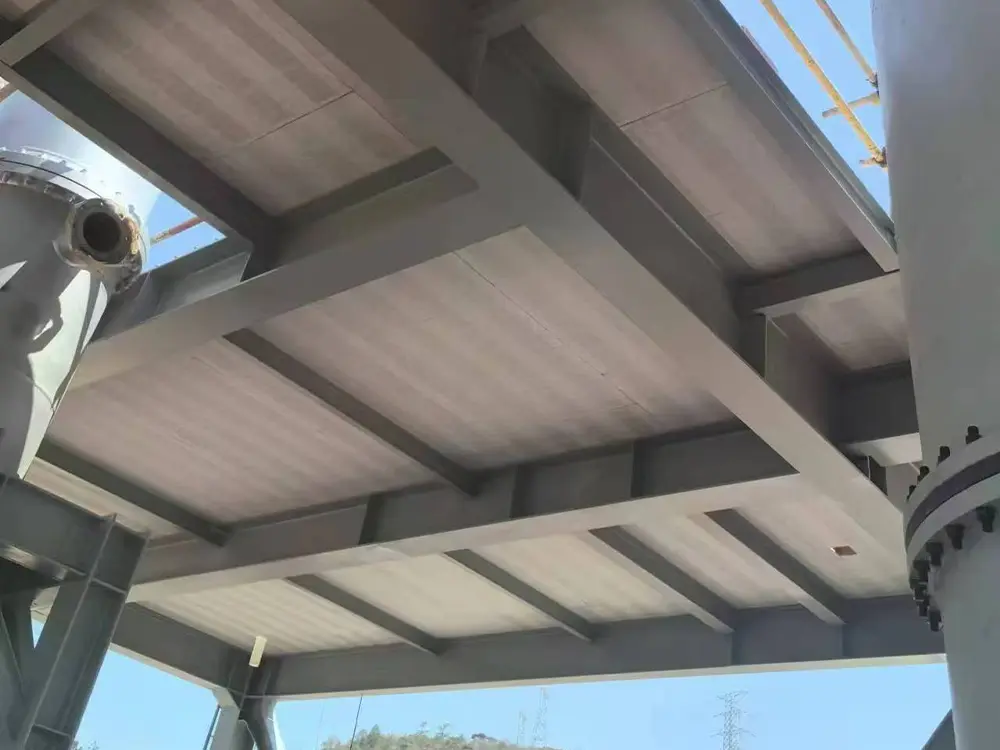 LEAO® Non-removable Formwork
LEAO® Non-removable Formwork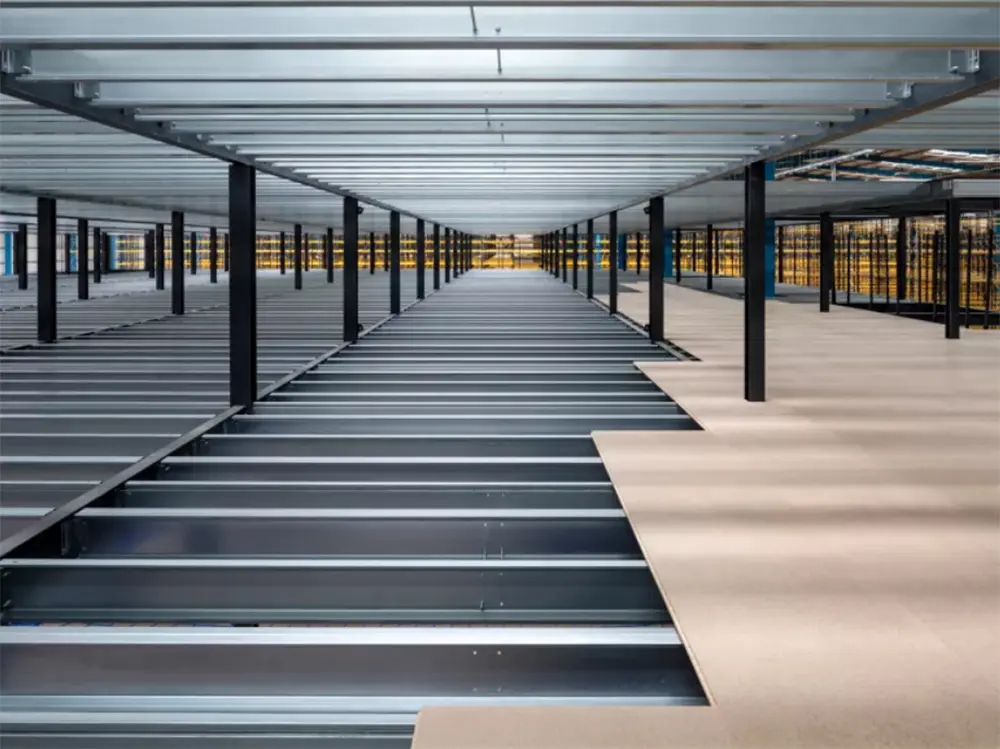 LEAO® Mezzanine Board
LEAO® Mezzanine Board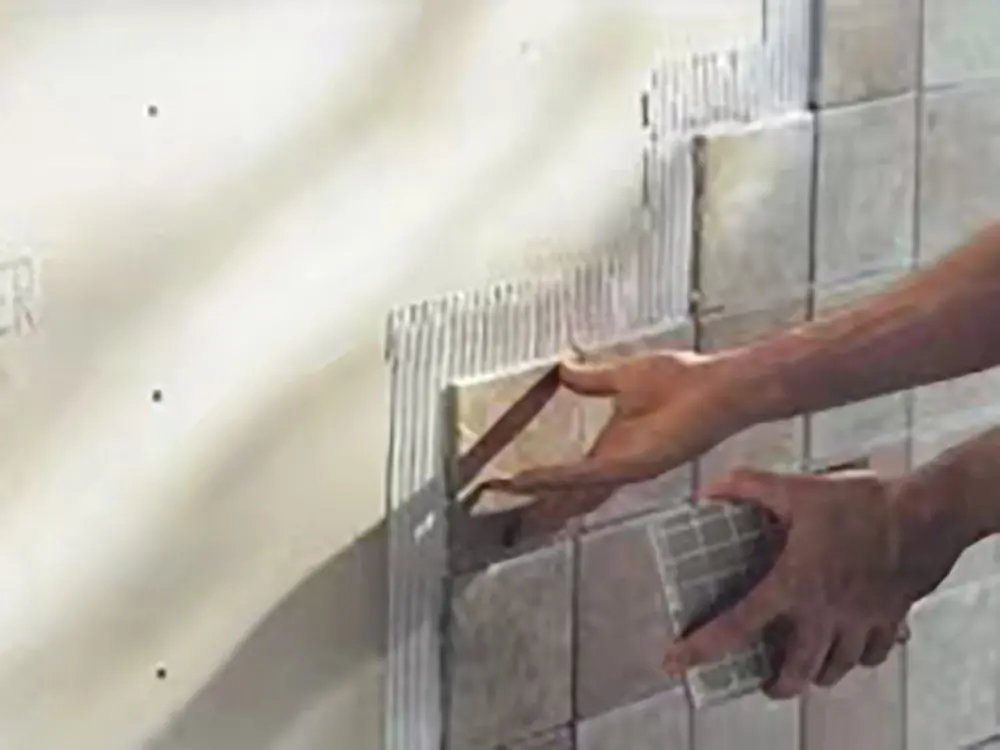 LEAO® Ceramic Tile Underlay
LEAO® Ceramic Tile Underlay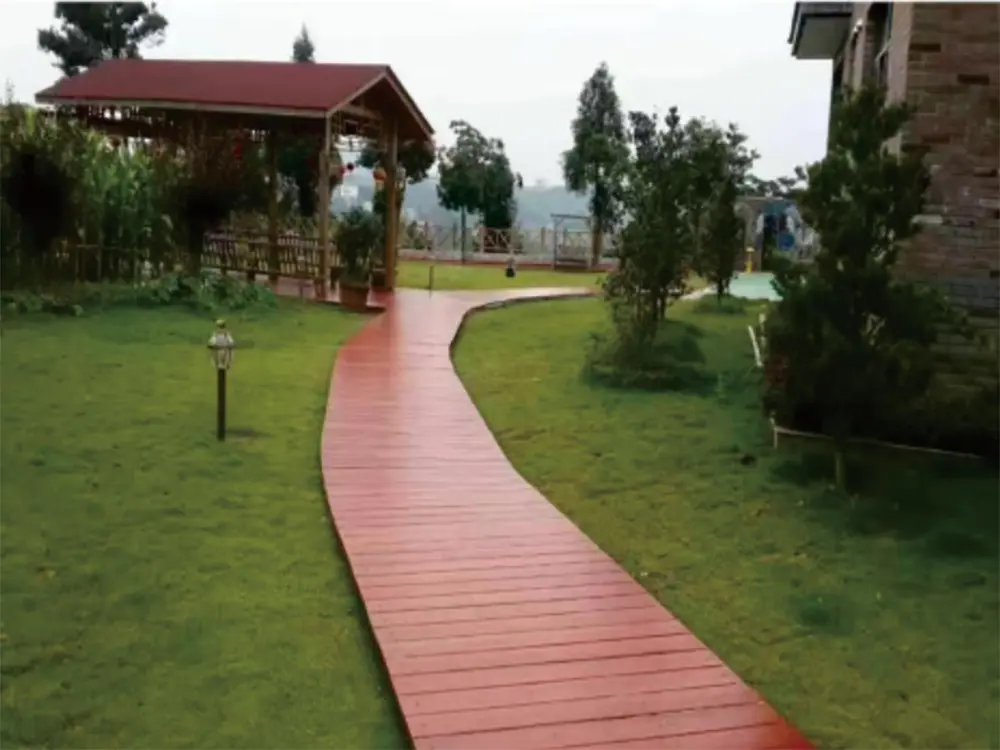 LEAO® Floor Plank
LEAO® Floor Plank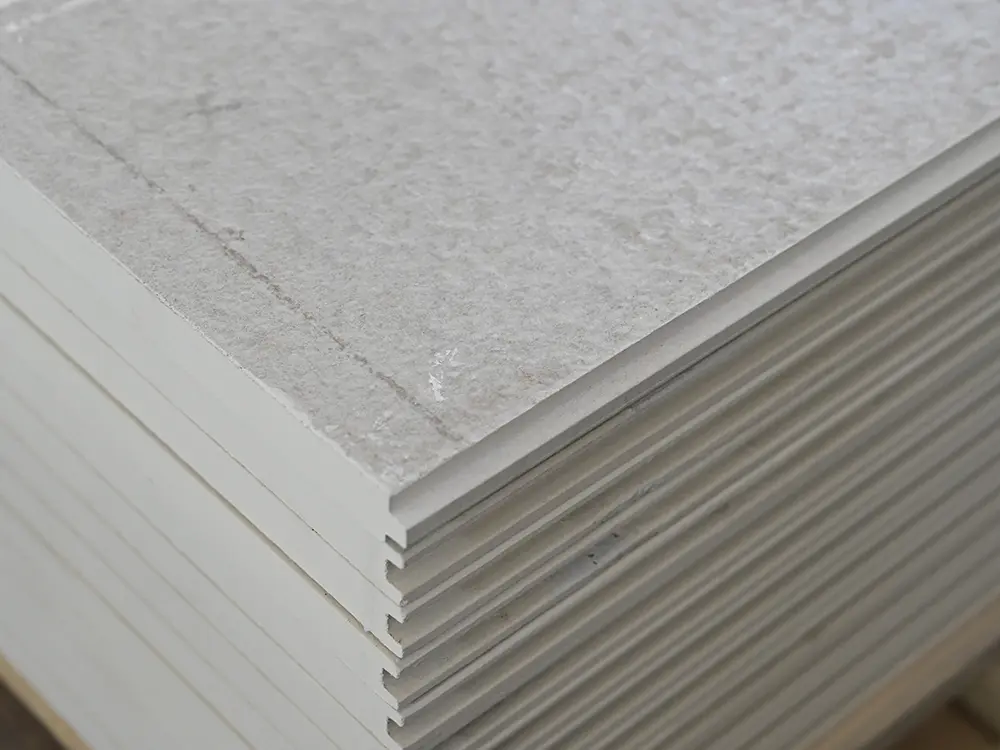 LEAO® Flooring
LEAO® Flooring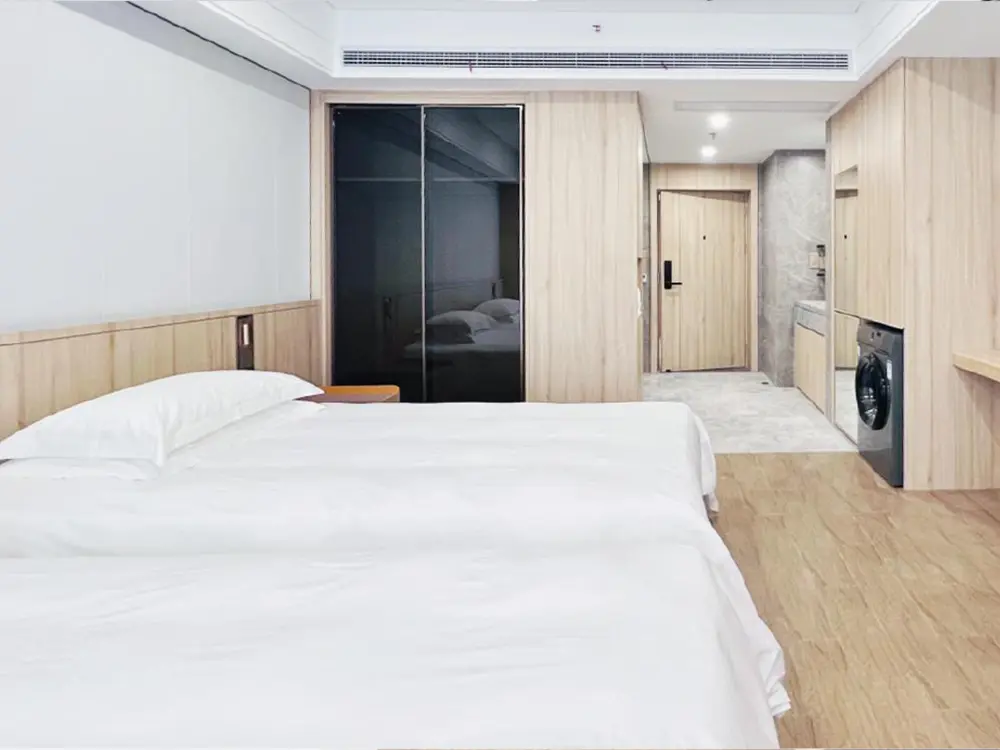 LEAO® Wood Style Decorative Panel
LEAO® Wood Style Decorative Panel LEAO® Stone Style Decorative Panel
LEAO® Stone Style Decorative Panel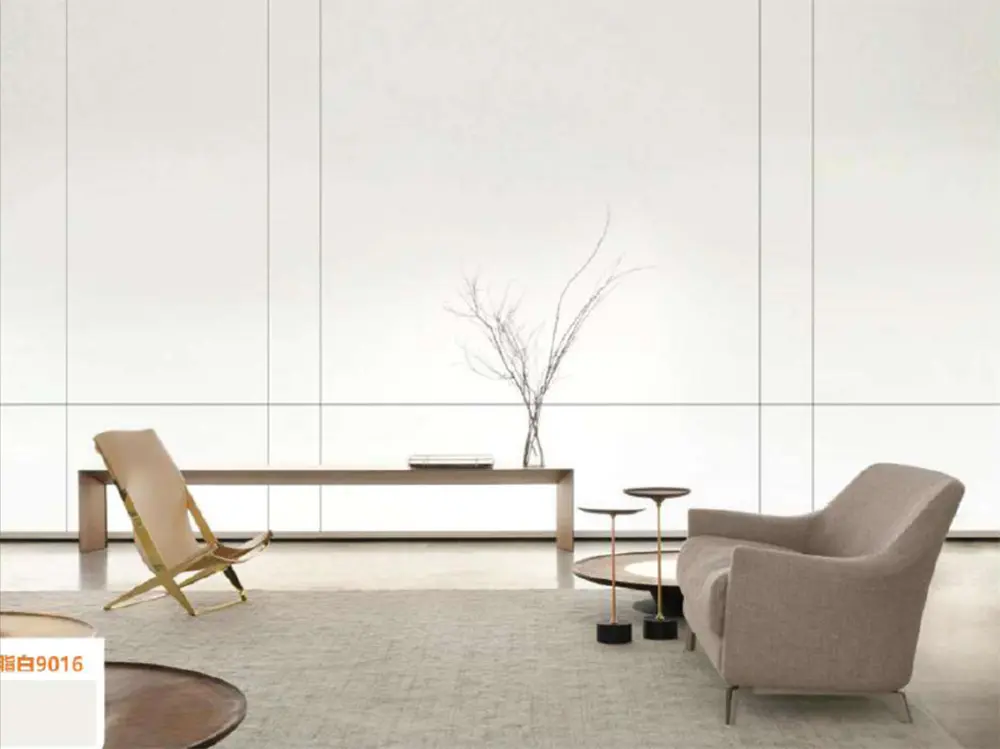 LEAO® Pure Style Decorative Panel
LEAO® Pure Style Decorative Panel In recent years, the construction industry has increasingly shifted towards
In recent years, the construction industry has increasingly shifted towards


